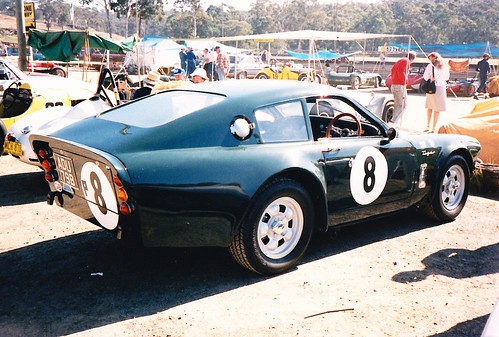For 1957, Lister designed a car around a D-Jag inline six, with an aerodynamic aluminium body, the most refinement in a Lister yet, and performance, finally, sufficient to beat the Astons; it was tested by racing journalist John Bolster to a 0-100 mph of 11.2 seconds. Scott Brown proved its quality, winning the 1957 Empire Trophy.

Refined again in 1958, with a sleeker body and better brakes, Lister-Jag still forced Scott Brown and Masten Gregory, the main works drivers, to work for their few successes against Ferraris and Astons, and Scott Brown crashed fatally at Spa.
Seeing the tough competition, Lister belatedly hired Frank Costin, "the most competent aerodynamicist in the business", who produced the most beautiful, and best, Lister yet. Despite this, and the Chevrolet-powered Lister-Corvette, it was not enough, for the new rear-engined Cooper pointed to the future, and Lister closed up. In all, only fifty or so cars were built.

Brian Lister was chosen by the Rootes Group to prepare the 1963 Sunbeam Tiger Le Mans cars for Prototype category of the famous 24 hour race. The Ford V8 powered Tiger was still in early stages of development and the Lister Le Mans cars were from the first batch of cars made at the Jensen factory. Lister beefed up the suspension and brakes, added an aerodynamic fastback hardtop with a more sloping windscreen and a Kamm tail. The 260 cu in Ford V8 engine was tuned by Shelby to give it 275 hp (205 kW) instead of the stock 160 hp. The cars were designed with a top speed of 170 mph but were developed in too short a time frame and both failed with engine failures blamed on sloppy preparation by Shelby.


No comments:
Post a Comment